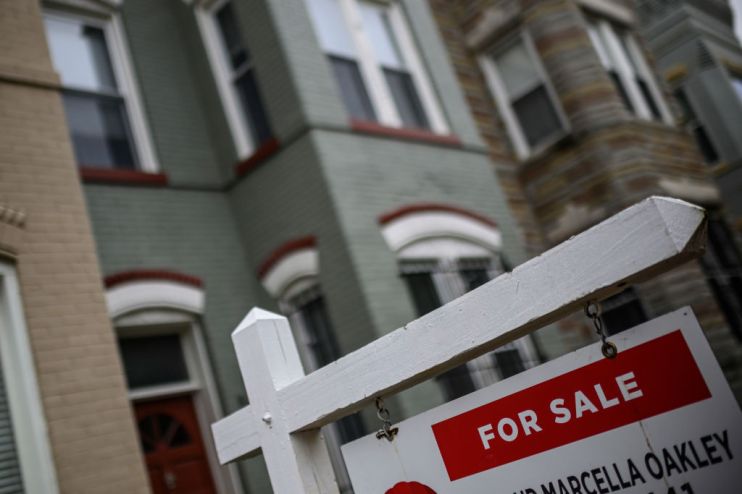London is crying out for more homes –here’s how the next mayor can build them

It will take a young couple on a normal income 30 years to save a deposit to buy the average property in London, but there is a way to change that, writes Sam Richards
London is in a housing crisis. The boom the city has experienced over the past three decades has seen the number of jobs rocket by 62 per cent and its population grow by 2m.
The economic pull of the capital attracts people from all over Britain and the world seeking opportunity, including a third of all England’s immigrants.
But housebuilding has failed to keep pace. The dream of home ownership has never before been so far away from young Londoners.
Young couples living in the capital earning a normal income and unable to call on the Bank of Mum and Dad can forget about buying their first home. It will take them an astonishing 30 years to save a deposit to buy the average property in London.
Across the city house prices have risen to 12.5 times the average income. In Hackney, Haringey, and Islington, prices are 15 times average income.
London is so expensive compared to the rest of England that the rent on a one bed property in London (£1,276 per month) is more expensive than a three bed property anywhere else.
The last time house prices were this high relative to the average salary, Queen Victoria was on the throne.
Let’s be clear: this has not happened by accident. Politicians from across the political spectrum, from City Hall to SW1, have chosen not to allow us to build the homes we need.
If London is to continue to thrive, the winner of May’s mayoral election must break the cycle and prioritise fixing the city’s broken housing market.
That’s why, ahead of the election Britain Remade, the pro-growth campaign group I lead, has set out a deliverable plan that could see more than 900,000 energy-efficient homes built over the next 15-years.
‘Get London Building’ sets out how the next mayor can build the homes Londoners need by regenerating estates, building in the best connected places and using land better.
By replacing London’s post-war estates and gently densifying over 530,000 extra homes could be built across the city. On top of this, 540,000 social homes could be rebuilt providing warmer and larger properties for existing council tenants.
Not only will regenerating London’s estates tackle the capital’s extreme housing shortage, it will also save money while helping the country go green. If all new estates are built to the highest energy efficiency standards, the average council tenant would save almost £800 a year in lower gas and electric bills.
But the next mayor needs to go even further.
Far too much of London’s industrial land located close to tube and train stations is being protected, not because of its environmental value, but for Amazon warehouses, car rental drop-offs, and self-storage facilities.
Protecting this land while London is crying out for more homes is unjustifiable.
Just one of these sites, the Park Royal Industrial Area in Acton could deliver 135,000 new homes within 10 minutes walk of a tube stop or train station.
High rents and house prices don’t just mean Londoners cannot get on the housing ladder, it holds back the whole economy.
London is the UK’s most productive city and makes up just under a quarter of Britain’s GDP. A 1% increase in economic growth in London would produce around £2.5bn more money for public services like the NHS.
If London’s housing costs were brought down and more people could afford to live and work in the capital, it would make the UK’s economy stronger and end a decade plus of stagnation in living standards.
